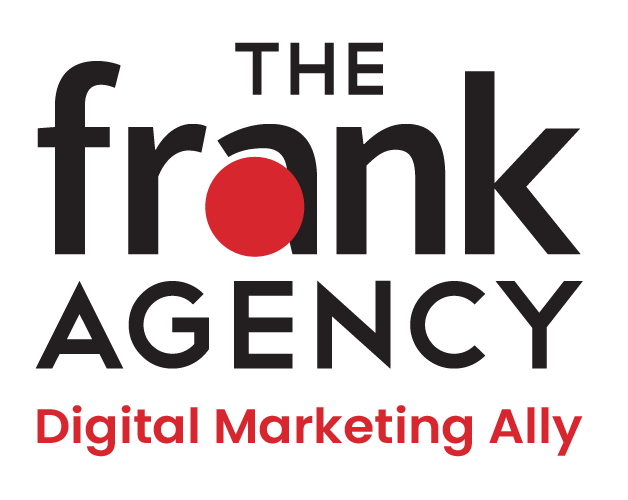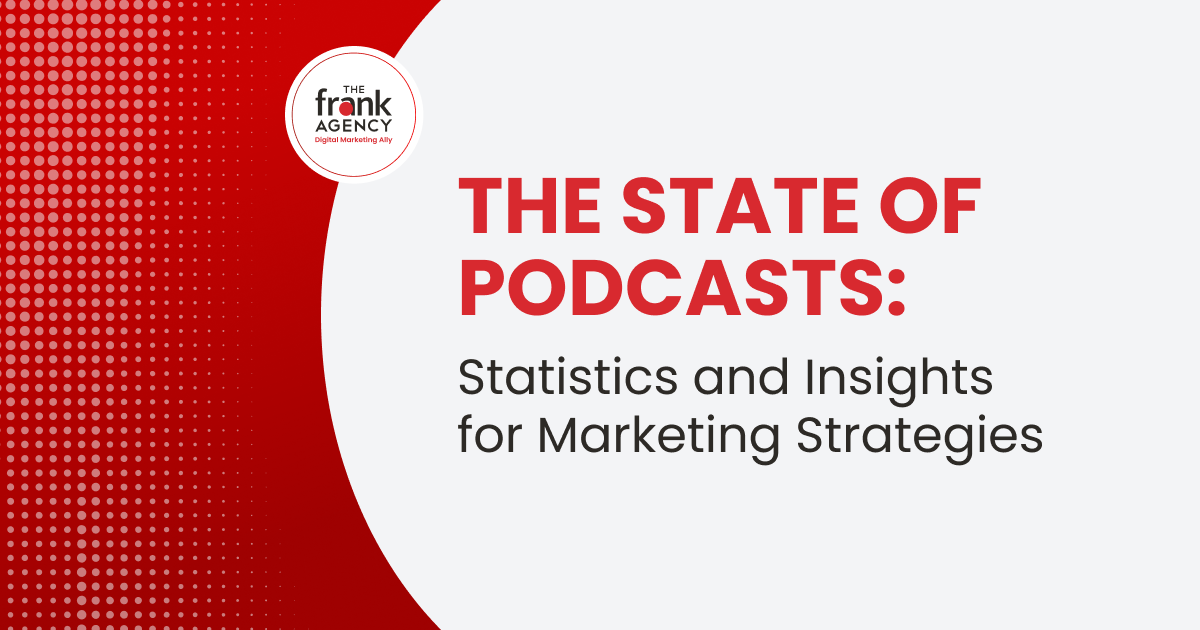While the Tooth Fairy had a record-breaking year in 2016 (a hefty increase from my attempt at this calculation the year prior), dental equipment manufacturers may have reason to cheer or to rethink growth projections.
The global market CAGR (compound annual growth rate) for the dental equipment industry has been projected at a healthy4.7% through 2024, fueled by a number of factors worldwide such as aging populations and dietary changes that have led to an increase in cavities among both adults and children.
But what impact will US healthcare policy have on these growth projections domestically?
As pointed out in this recent DentistyIQ article, changes to the US healthcare system could impact the dental coverage of millions of adult and child patients nationwide. Studies and analysis by the ADA support the idea that improved access through CHIP and Medicaid expansion has created a rise in dental care utilization among age groups impacted by both programs. According to the same report that provided the growth projection above, Medicaid expansion is a main factor in estimating higher dental equipment sales in the US. This is echoed by Jason Lau of Decision Resources Group, who projects changes such as block grants – which would offer less funding than current levels – could force states to lower Medicaid reimbursement rates, discouraging healthcare providers across several disciplines (including dental) from performing certain procedures thus weakening sales of specialty equipment.
One other item to consider is the elimination of the so-called “med tech tax” in the AHCA bill. This holdover from earlier in the ACA rollout amounts to about a 2.3% levy on medical devices sales annually and, although currently on a 2-year suspension since 2015, has garnered support for AHCA from medical device lobby AdvaMed. However, the vast majority of domestic, lab-made dental products are exempt from the med tech tax, with the exception of sleep apnea devices and snore guards. Confusing it even more is that for anyimported crowns, bridges, dentures, dental implants, mouth guards and orthodontic devices (e.g., retainers) are required to be listed with the FDA and do have an applicable product code.
So what, if any, lasting impact will healthcare policy changes have on the dental equipment business in the coming years? Time will tell but is definitely something to consider in making growth projections for the next 4 years.






